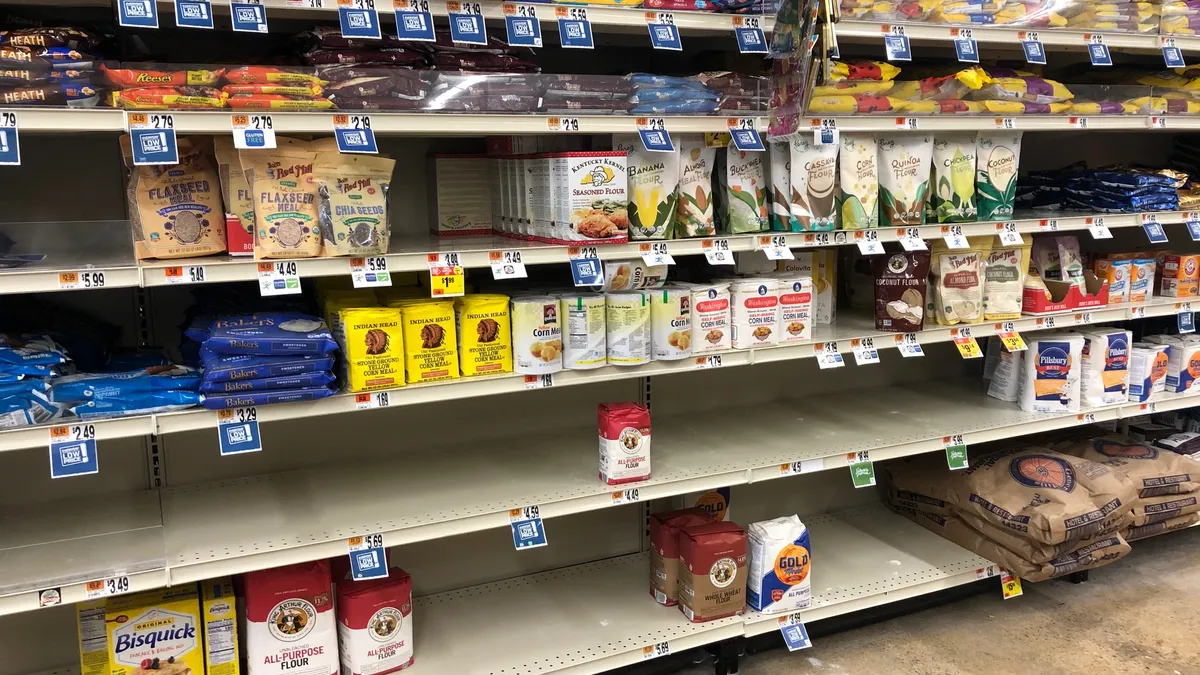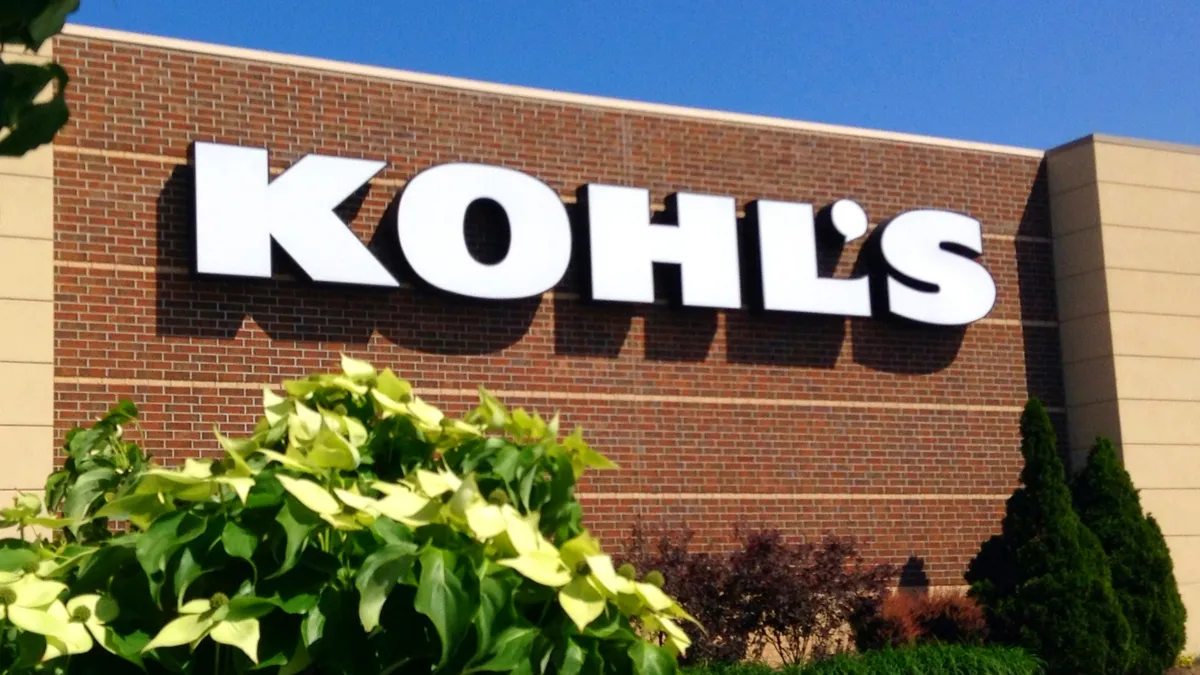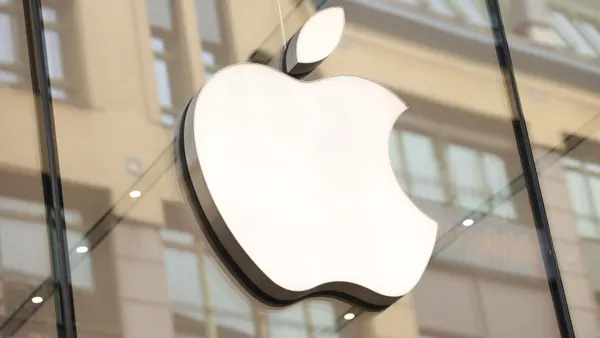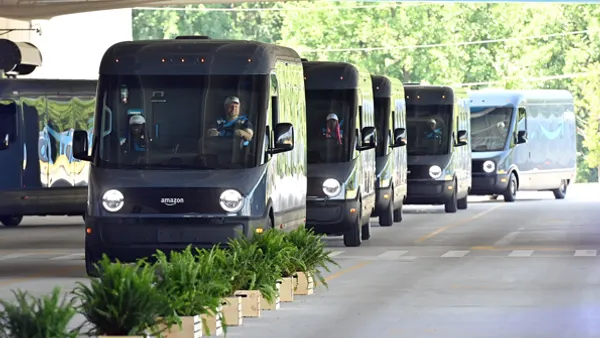Dive Brief:
- U.S. retailers missed out on $82 billion in CPG sales last year because items customers would have purchased were unavailable, according to data released on Monday by NielsenIQ.
- Lost revenue opportunities peaked during the fall, when surging COVID-19 rates depressed on-shelf availability and pushed unrealized sales to $1.7 billion per week, up 22% from $1.4 billion per week during the first half of 2021.
- The figures underscore the impact supply chain challenges have had on food retailers even as the pandemic has made consumers more reliant on grocery stores for essential goods.
Dive Insight:
The cost to retailers caused by the difficulty they have been facing keeping items in stock was magnified by an overall increase in CPG sales in 2021, according to NielsenIQ's newly launched "on-shelf availability barometer."
Despite severe supply chain challenges, the U.S. fast-moving consumer goods market generated $970 billion in sales in 2021, 2.1% more than the record sales of $950 billion it saw in 2020 and an 11.9% jump from 2019, the data show.
But obstacles like labor shortages and high inflation have pressured retailers' ability to keep their stores running at full tilt. Retailers have cut back on the number of products they carry and as a result have seen customers make fewer in-store shopping trips, causing further disruption.
Overall, retailers recorded an on-shelf availability rate of 92.6% last year, NielsenIQ found.
Sales of fruits and vegetables were especially hard hit by shortages in 2021, with the on-shelf availability rate for those items falling below 90% during the COVID-19 wave that hit between late June and mid-October, according to the data.
Beverage sales were also heavily affected during that period because products were unavailable, with the on-shelf availability rate for sports drinks at 82.5% during that same wave of cases. Retailers had an easier time keeping items such as beer, cider, candy and gum on shelves, the report shows.
Supply chain challenges have had an uneven impact on retailers, with some able to keep shelves mostly stocked even as the pandemic surged in late 2021 while others saw overall on-shelf rates of 91% or even lower during that stretch of time, according to NielsenIQ.
Geography was a factor in how well stores were able to keep their shelves stocked, with retailers in the South, particularly in Texas, Oklahoma, Arkansas and Louisiana, posting lower on-shelf availability levels than those in other parts of the country, the data indicates.
As supply chain shortages drag on, fueled recently by disruptions stemming from the omicron variant of COVID-19, retailers are nervously monitoring their shoppers' behavior. A fifth of consumers postpone a purchase when an item they want is not on the shelf, while 10% go to another retailer and 16% head online, NielsenIQ found.
















